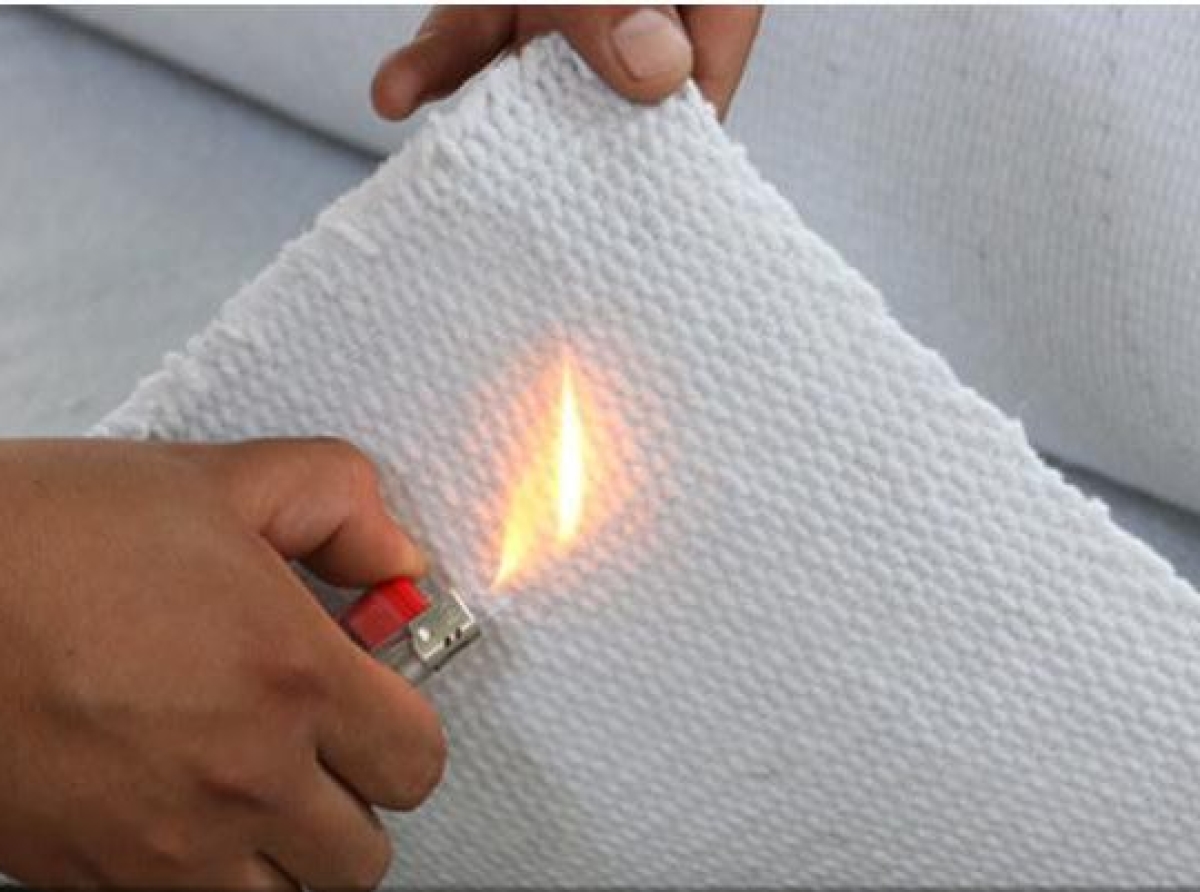07 August 2023, Mumbai
The global fire-resistant fabrics market is expected to grow significantly in the coming years, reaching a value of US$6 billion by 2033.
This growth is being driven by several factors, including technological innovation and increased demand from industrialization.
Technological Innovation and Increased Demand from Industrialization to Drive Growth in Fire-Resistant Fabrics Market.
Technological Innovation
Technological innovation is opening up new opportunities for manufacturers of fire-resistant fabrics.
For example, new fibers and fabrics are being developed that are more flame-resistant, durable, and comfortable than ever before.
These new fabrics are making fire-resistant fabrics more appealing to a wider range of end users, such as those in the oil and gas, chemicals, and manufacturing industries.
One of the most significant technological innovations in the fire-resistant fabrics market is the development of aramid fibers. Aramid fibers are extremely strong and flame-resistant, making them ideal for use in fire-resistant fabrics.
Aramid fibers are also lightweight and comfortable, making them a good choice for a variety of applications.
Another important technological innovation in the fire-resistant fabrics market is the development of melamine-treated fabrics.
Melamine-treated fabrics are treated with a flame retardant that makes them resistant to fire.
Melamine-treated fabrics are often used in applications where a high degree of flame resistance is required, such as in firefighting gear and military uniforms.
Increased Demand from Industrialization
Industrialization is also driving demand for fire-resistant fabrics. As more and more industries adopt automated processes, the risk of fire increases. Fire-resistant fabrics can help to protect workers from burns and other injuries in the event of a fire.
The oil and gas industry is one of the major drivers of demand for fire-resistant fabrics.
The oil and gas industry is a high-risk environment where fires can occur easily. Fire-resistant fabrics are used to protect workers from burns and other injuries in the event of a fire.
The chemicals industry is another major driver of demand for fire-resistant fabrics.
The chemicals industry is also a high-risk environment where fires can occur easily.
Fire-resistant fabrics are used to protect workers from burns and other injuries in the event of a fire.
The manufacturing industry is also a major driver of demand for fire-resistant fabrics. The manufacturing industry is a high-risk environment where fires can occur easily.
Fire-resistant fabrics are used to protect workers from burns and other injuries in the event of a fire.
Bottomline
The combination of technological innovation and increased demand from industrialization is expected to drive significant growth in the fire-resistant fabrics market in the coming years.
The market is expected to reach a value of US$6 billion by 2033, with a CAGR of 6.3%.
Fire-resistant fabrics are becoming more flame-resistant, durable, and comfortable, thanks to technological innovation. This is driving demand from industries with a high risk of fire, such as oil & gas, chemicals, and manufacturing.
This gist captures the key points of the article in a concise and informative way. It highlights the two main drivers of growth in the fire-resistant fabrics market:
- Technological innovation and increased demand from industrialization.
- It also mentions the specific industries that are driving demand for fire-resistant fabrics.
CREDITS| Future Market Insights Inc. report
Latest Publications


































